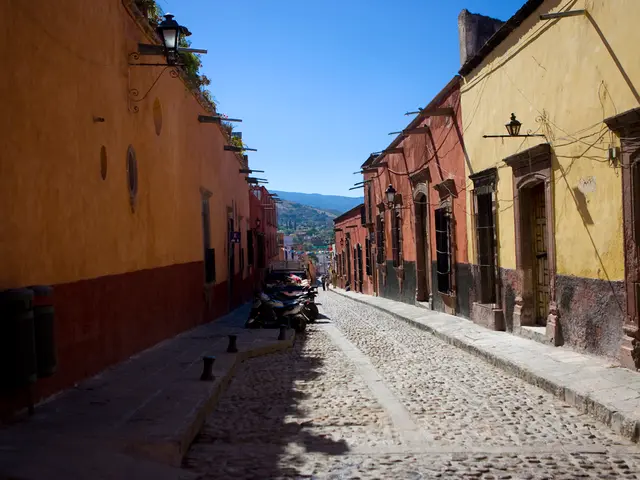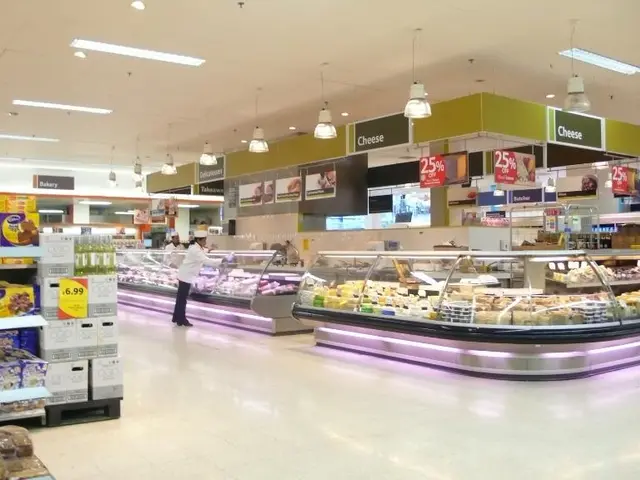The OPEC+ Oil Alliance Vows to Boost Oil Production in July
OPEC+ will boost production levels in July - OPEC+ boosts oil production levels starting from July
Get ready for some more fuel to hit the market! The big guns of OPEC+, including Saudi Arabia and Russia, have confirmed they're expanding their oil production in July. In a recent online summit, the alliance decided to raise their combined daily output by 411,000 barrels (that's 159 liters per barrel) due to "optimistic global economic forecasts and robust market fundamental health," according to their statement.
This move was expected, as the eight countries have already agreed to similar increases for May and June, and the market had been already heated up with the news. The financial analysts at Commerzbank predicted this decision wouldn't drastically affect oil prices since the market was already aware of the impending increase.
Crude Oil Output
As of April, OPEC+ churned out a massive 40.9 million barrels of oil daily. This dynamic alliance consists of the Vienna-based Organization of the Petroleum Exporting Countries (OPEC), headed by Saudi Arabia, and partners, like Russia. Together, they govern around 40% of the global oil production.
Over the past few years, the core eight countries have dialed back their oil production by 2.2 million barrels (159 liters per barrel). However, the group has been gradually reversing these cuts since April.
Oil Prices: What's Ahead?
While the implications of OPEC+ increasing oil production by 411,000 barrels per day in July 2025 on global oil prices are complex, they hinge on several factors:
Price Reduction Impact:
Increased oil production often results in market surplus, pushing prices down. But the exact impact will depend on how the market absorbed this extra supply versus demand.
Market Stability:
The goal of OPEC+ is to ensure market stability through these adjustments. If the additional supply balances oil inventories, it may prevent a steep price decline by maintaining stability.
Global EconomyHealth:
The robustness of the global economy, characterized by growth rates, inflation, and overall health, can influence oil demand and, consequently, prices. A strong economy drives higher oil demand, potentially neutralizing some of the downward price impacts from increased supply. On the flip side, economic downturns can amplify the decline in oil prices.
Production Adjustment Flexibility:
OPEC+ has shown a willingness to modify production levels in response to market conditions. This adaptability allows them to quickly respond to changing demand and supply scenarios, potentially modifying significant price drops from market oversupply.
Overproduction Compensation:
OPEC+'s decision includes a promise by participating countries to make up for any overproduced volumes since January 2024. This commitment may impact production levels and, consequently, oil prices, ensuring that the production does not overshoot the agreed-upon level by a substantial margin[1][2][3].
The community policy of OPEC+ member states and industry partners might include regulations related to their oil production to ensure the financial sustainability and adherence to energy policies within their respective economies.
The energy sector, particularly the oil-and-gas industry, will closely monitor the impact of OPEC+'s decision to increase oil production on global finance markets, as robust oil production could potentially boost economic growth and attract investments.








